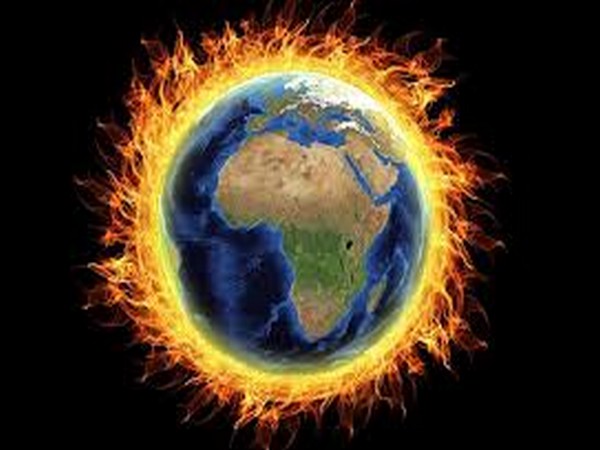Global warming is the talk of the hour. The world is being hit by the increasing temperature every year. Kuwait – one of the richest countries in the world is fast in becoming an unlivable country.
The thermometers hit 54°C in 2016, which was the highest recorded temperature on Earth in the last 76 years. In June 2021, they had already breached the 50°C mark way ahead of the usual peak weather.

According to the Environment Public Authority, “Parts of Kuwait could get as much as 4.5°C hotter from 2071 to 2100 compared with the historical average” which would eventually result in a large portion of the country becoming uninhabitable.
The wildlife is also suffering at its worst. Dead birds are seen on rooftops in the summer months, facing difficulty in finding shelter and water. All the animal care centres and vets are overwhelmed with stray animals brought in by people who’ve found them near death from heat exhaustion and dehydration.
“This is why we are seeing less and less wildlife in Kuwait, it’s because most of them aren’t making it through the seasons,” Tamara Qabazard, a Kuwaiti zoo and wildlife veterinarian, reported to NDTV. “Last year, we had three to four days at the end of July that were incredibly humid and very hot, and it was hard to even walk outside your house, and there was no wind. A lot of the animals started having respiratory problems.”
Though Kuwait doesn’t face any problems from environmental challenges to economic issues, which certain countries from Bangladesh to Brazil fight out with their teeming population and widespread poverty, the current global warming condition places Kuwait in an uncomfortable position, despite being OPEC’s number 4 oil-exporter.
Even the country’s neighbors who also depend on crude exports have solemnly swear to take stronger climate actions. Saudi Arabia last year claimed it would target net-zero emissions by 2060. The United Arab Emirates has set a goal of 2050.
Kuwait on the other hand, pledged at the COP26 summit in November to reduce greenhouse gas emissions to 7.4% by 2035, a target that falls far short of the 45% reduction needed to meet the Paris Agreement’s stretch goal of limiting global warming to 1.5°C by 2030.
Stay tuned with Learn Diversified for the latest updates.
